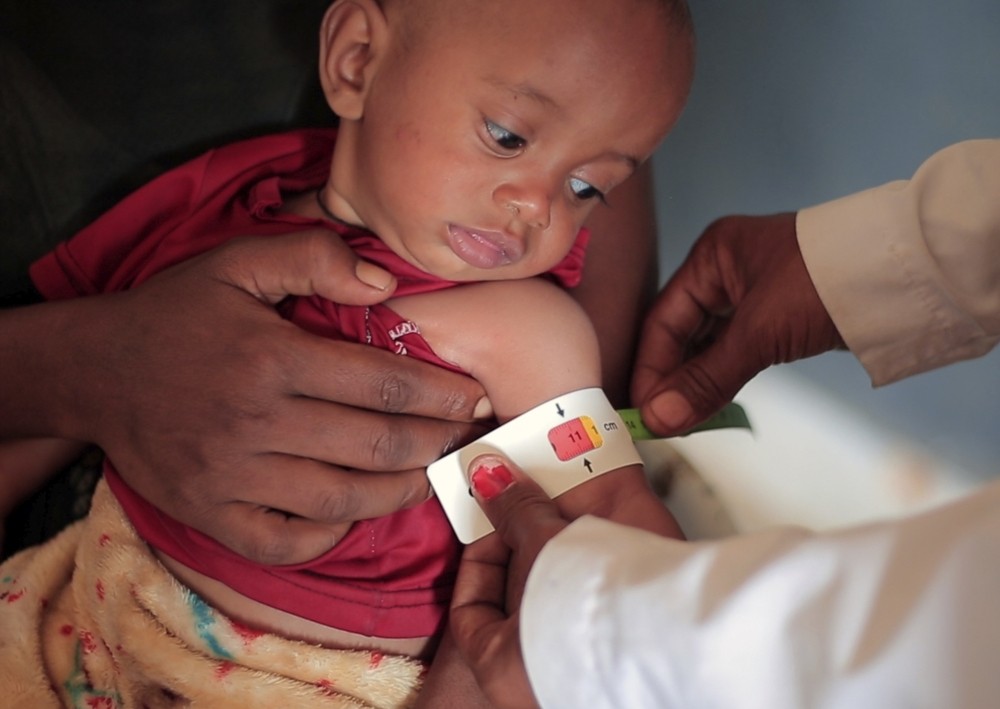10/03/2024
10/03/2024

NEBAR HADNET, Ethiopia, March 10, (AP): The cruel realities of war and drought seem to have merged for Tinseu Hiluf, a widow living in the arid depths of Ethiopia's Tigray region who is raising four children left behind by her sister's recent death in childbirth.
A two-year war between federal troops and regional forces killed one of her own sons, the rest of whom are already adults. And now, a lack of food stemming from the region's drought has left the youngest of the children she is raising malnourished.
She tries to forage seeds among the scarce greenery of the desert's yellow, rocky landscape. But she recently resorted to traveling to the nearby Finarwa health center in southeastern Tigray to try to keep the 1-year-old baby alive.
"When hungry, we eat anything from the desert,” she said. "Otherwise, nothing.”
She joined several other mothers seeking help at the center in the remote administrative area of Nebar Hadnet. A mother of five complained that she had no breastmilk for her eight-month-old baby. Another with 1-year-old twins said she needed sachets of baby food to keep "my babies alive.”
Tigray is now peaceful but war’s effects linger, compounded by drought and a level of aid mismanagement that caused the UN and the US to temporarily suspend deliveries last year.
Once-lush fields lie barren. Mothers, faces etched with worry, watch helplessly as their children weaken from malnutrition. Nearly 400 people died of starvation in Tigray and the neighboring Amhara region in the six months leading to January, the national ombudsman revealed in January, a rare admission of hunger-related deaths by a federal government.
Most of those deaths were recorded in Tigray, home to 5.5 million people.
Until the signing of a peace agreement in November 2022, the region was the scene of a deadly war between federal troops and forces loyal to the region’s now-ousted ruling party. But months after the end of the conflict, the UN and the US halted food aid for Tigray because of a massive scheme by Ethiopian officials to steal humanitarian grain.
An inadequate growing season followed.
Persistent insecurity meant only 49% of Tigray’s farmland was planted during the main planting season last year, according to an assessment by UN agencies, NGOs and the regional authorities, and seen by the AP. Crop production in these areas was only 37% of the expected total because of drought. In some areas the proportion was as low as 2%, that assessment said.


